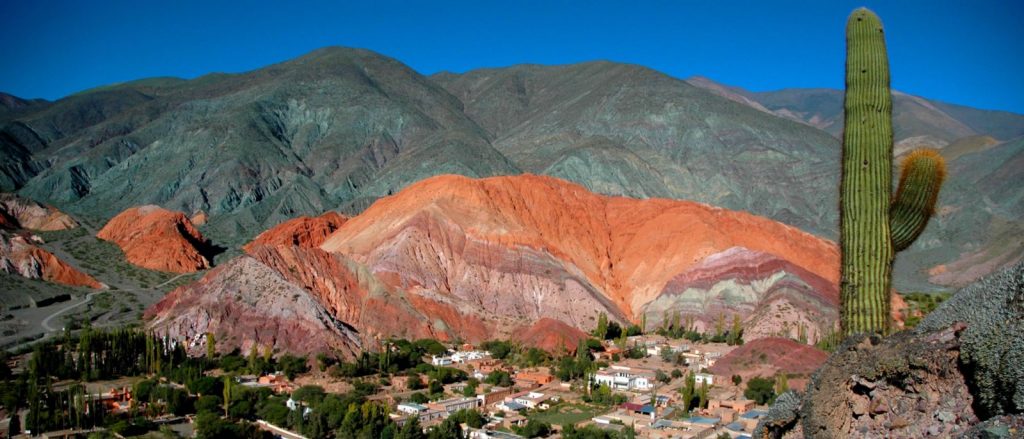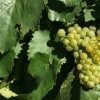La Quebrada de Humahuaca, located in the province of Jujuy in Argentina, is a long, narrow, barren mountain valley with an asymmetrical profile that forms a natural corridor of about 170km in a north-south direction. In the extreme south is the town of Bárcena, 38km north of San Salvador de Jujuy, and at its northernmost point is the town of Tres Cruces, through which runs the Rio Grande de Jujuy, flanked to the west and north by the plateau of the Puna at 3,800 meters above sea level, on the east by the sub-Andean mountains and to the south by the temperate valleys. Along this 170km the height of the valley rises from 1,250 to 3,700 meters.
In 2003, UNESCO declared the Quebrada de Humahuaca a Natural and Cultural Heritage Site for its unique landscape and Quebradeña ecology, but in order to meet the requirements of Law 25,167 which legislates on the Designation and Presentation of Wines and Spirits of Vinous Origin of Argentina and INV, the implementing body, the producers considered a homogeneous central zone from an agro-climatic point of view.
The wine region covers an area of approximately 80km from north to south along Route 9, its geographical centre is the town of Tilcara and is bordered on the south by the town of Tumbaya and at its northern end by Humahuaca. The width is variable and is determined by the height of the adjacent land to the Rio Grande.
La Quebrada, in its north-south direction crosses various weather conditions, mainly influenced by altitude. Nevertheless, it is generally classified as mountainous, arid and continental. There is rainfall in the summer and the winters are very dry. Approximately 90% of the rainfall occurs during the months of December, January, February and March.
In the portion of the Quebrada protected by the GI, rainfall is around 150mm per year, and is therefore classified as desert. The territory is characterised by a marked thermal amplitude both seasonal and daily and can be defined as temperate with cold winter nights and sunny days. From the point of view water, the entire stretch is very homogeneous and winds are present in all seasons.
Within the GI, there are small vineyards dedicated to high quality winemaking grapes like Malbec, Sauvignon Blanc, Cabernet Sauvignon, Syrah and Pinot Noir. The temperature range, coupled with high heliophany produces a high polyphenol concentration in the flesh and skins, a high content of sugars in maturity and paradoxically, good acidity, resulting in fresh, complex, alcoholic wines with very intense colours, almost black with violet edges.
Despite the short time it has taken to develop the wine growing area with fine wine grapes in the area of the Quebrada de Humahuaca, its agro-climatic characterisation deserves its differentiation, recognition and protection by the National Wine Institute. The Resolution is the next thing to come into force.
Photo: Argentina Travel



